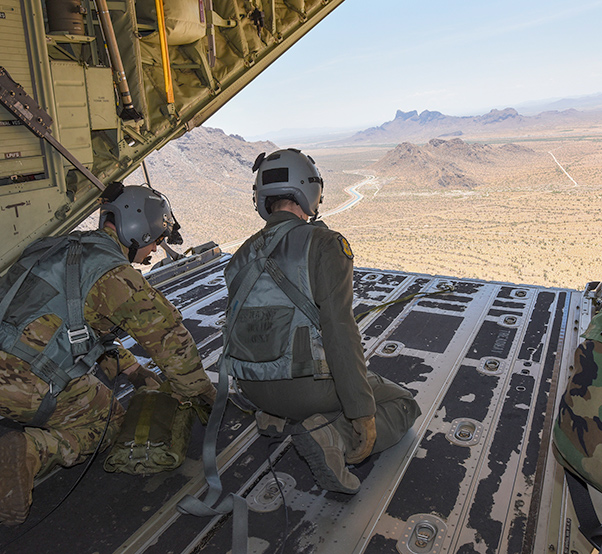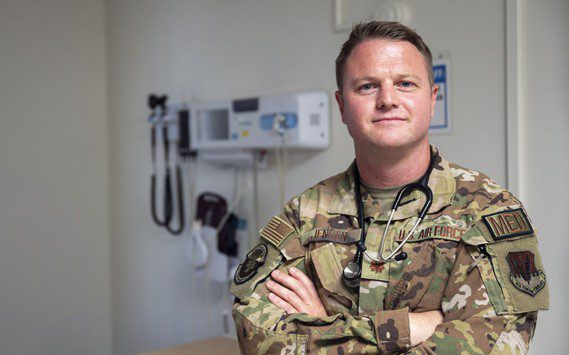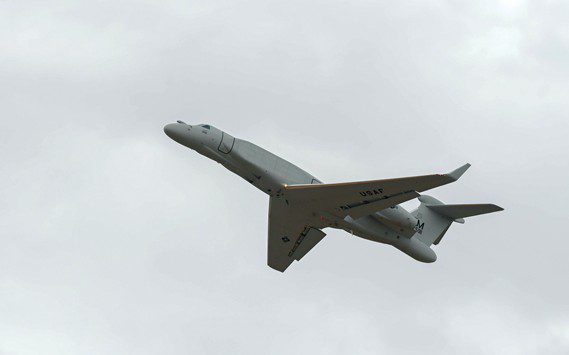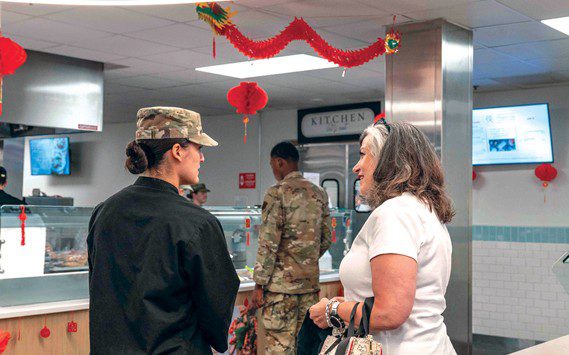The 355th Wing at Davis-Monthan Air Force Base, Ariz., is made up of diverse and dynamic teams whose mindsets are focused on mission success and maintaining high-end readiness through continuous training and exercises.
On June 6, 2019, the 79th Rescue Squadron provided air support to a Combat Search and Rescue training mission.
Home to the 563rd and 943rd Rescue Group, Davis-Monthan is capable of performing CSAR missions in austere and contested locations around the world. Rescue squadrons assigned to these groups often work together to execute CSAR missions downrange.
“This is part of the rescue triad. It’s common for us to work together downrange and at our home station,” said Senior Airman Eric Hust, 563rd Operational Support Squadron aircraft loadmaster.
This training mission simulated a rescue scenario with survivors on the ground. During the mission the 79th RQS provided transport, equipment airdrop and resupply capabilities to the 306th RQS pararescuemen.
“We identified the location of the survivors and airdropped a Storm Search and Rescue Tactical Vehicle before ascending high enough for pararescuemen to perform a High-Altitude Low-Opening parachute jump,” Hust said. “That way we can provide trained medical personnel with a vehicle to support the survivors and get them to a stable environment.”
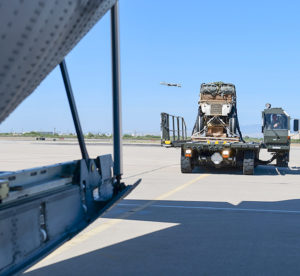
To simulate resupplying the pararescuemen on the ground, loadmasters executed parabundle drops at 300 feet above ground level and freefall drops at 150 AGL.
“Parabundles are roughly 15-20 pound sacks of whatever is needed depending on the mission — it could be blood, MREs or ammo,” Hust said.
To conclude the 79th RQS’s support, the aircraft loadmasters performed equipment freefall drops.
“Freefall drops are done with anything that won’t explode or damage on impact from hitting the ground,” said Staff Sgt. Miles Morissette, 79th RQS aircraft loadmaster.
The CSAR training mission also provided the 79th and 306th RQS an opportunity to airdrop an SRTV for the first time to determine if the vehicle could withstand the impact from the fall. SRTVs are currently used by pararescuemen in contested and austere locations downrange, the 306th RQS needed to find an alternative to gain access to SRTVs in a controlled environment.
“With the information gathered we were able to prove that yes we can drop it out of our HC-130Js,” said Morissette. “We gave them [306th RQS] feedback that it is possible so hopefully they can employ the new tactic in real world deployed operations.”






